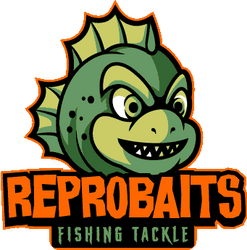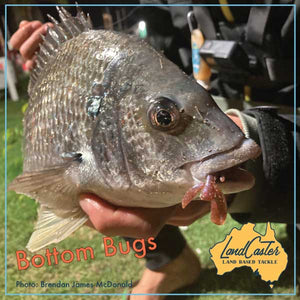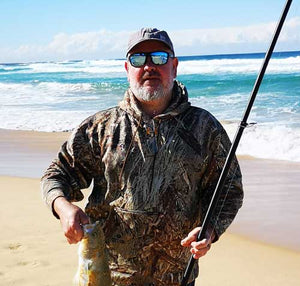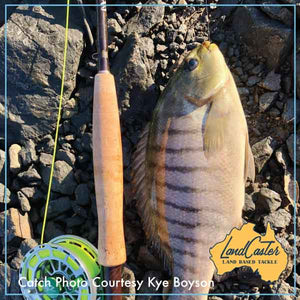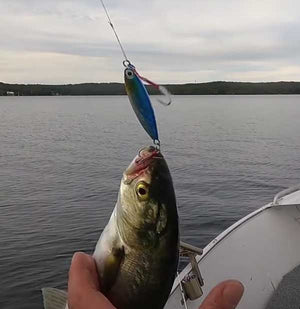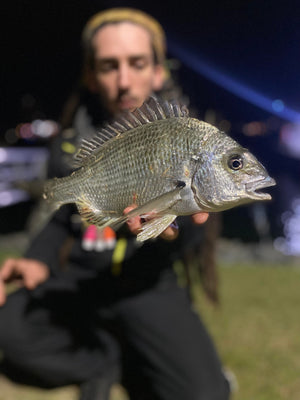
Selecting Soft Plastic Types, Colours, and Sizes for Fishing in Australia
🔔 Get the Best Soft Plastics for Bream & Flathead!
Shop our most popular soft plastics today:
✅ Bottom Bug – Realistic Crayfish Lure
✅ Squideez Soft Plastic – Perfect for finesse estuary fishing
✅ Bullet Prawn – Irresistible prawn action for flathead
📦 Fast Aussie Shipping – Order Now!
Soft plastic lures are flexible, lifelike baits that mimic the appearance and movement of natural prey. They come in a variety of shapes and sizes with each designed to imitate different types of aquatic creatures. Common types include grubs, worms, creature baits, and swimbaits. Each type has its own unique action and appeal making it crucial to understand their specific applications.
Selecting the Right Type of Soft Plastic
Choosing the right type of soft plastic is essential for targeting specific fish species. For instance, grubs and worms are excellent for bream and bass offering a subtle action that these fish find irresistible. Creature baits, with their multiple appendages are perfect for enticing Flathead and other predatory species. Swimbaits, which mimic the swimming action of baitfish, are ideal for targeting larger species like Barramundi and Murray Cod.
Consider the fishing environment when selecting your soft plastic. In freshwater environments subtle and natural presentations often work best. For example, using a 2-inch grub in green flake for Australian Bass in a clear freshwater river can yield great results. In saltwater, where species like Flathead and Trevally are more prevalent a more aggressive action is often beneficial. A 4-inch creature bait in a bright colour can be very effective in these conditions.
Choosing the Right Colour
Colour is a crucial factor in the effectiveness of soft plastic lures. Fish are often attracted to specific colours based on water clarity and light conditions. In clear water, natural and translucent colours such as green flake, watermelon, and baitfish are highly effective. These colours blend in with the environment making the lure appear more lifelike. For example, using a natural-coloured worm in clear waters of New South Wales for Bream can increase your chances of a catch.
In murky or stained water, brighter and more solid colours can make a significant difference. Chartreuse, white, and black are excellent choices as they stand out in low-visibility conditions making it easier for fish to detect the lure. During overcast days or in low-light conditions darker colours like black or purple can create a strong silhouette. Bright colours such as pink or chartreuse can be more effective on sunny days in stained waters.
For Australian species, some popular colour choices include motor oil for Bream, coffee for Flathead, and pearl white for Barramundi. Experimenting with different colours and observing the response of the fish can help you fine-tune your selection. In the estuaries of Queensland a bright chartreuse swimbait can be highly effective for Mangrove Jack.
Determining the Right Size
The size of your soft plastic lure is another critical factor. The right size depends on the target species and their natural prey. Smaller lures, typically 2-3 inches, are ideal for species like Bream and Australian Bass. These fish often feed on small insects and crustaceans so a smaller profile is more appealing. A 2-inch grub in a natural colour is perfect for targeting Bream in the shallows.
For larger species such as Flathead, Barramundi, and Murray Cod larger lures in the range of 4-6 inches are more appropriate. These fish are predatory and often hunt larger prey so a bigger lure can provoke more strikes. In Victoria’s estuaries a 5-inch swimbait can be highly effective for Flathead mimicking the larger baitfish they prey on. Adjusting the size of your lure based on water conditions and fish behaviour is also important. In colder water or when fish are less active smaller lures with a slower action can be more effective.
Choosing the Right Jig Heads
Selecting the right jig head to pair with your soft plastic is crucial for effective fishing. The jig head should match the size and type of the soft plastic to ensure optimal performance. For lighter, smaller soft plastics like 2-3 inch grubs or worms use light jig heads like our Dread Ned Jig Head in the range of 1/16 to 1/8 ounce. This size is ideal for targeting Bream and Bass in shallow waters and ensures a natural presentation.
For larger soft plastics like 4-6 inch swimbaits or creature baits heavier jig heads ranging from 1/4 to 1/2 ounce are more suitable like our Triangle Head jigs. These are ideal for targeting larger species such as Flathead and Barramundi particularly in deeper waters or stronger currents. The shape of the jig head also matters; mushroom-shaped jig heads are excellent for Ned rigs ensuring the bait stands upright on the bottom. Bullet-shaped or round jig heads are versatile options that work well with various soft plastics and fishing conditions. Triangle Head jigs are perfect for more action during the retrieve.
In Australia a popular choice for versatile jig heads is Reprobaits' "Dread Ned" for Ned rigging which pairs perfectly with their "Bottom Bug" soft plastics. This combination is particularly effective in both freshwater and saltwater environments providing a lifelike presentation that attracts a variety of species.
Practical Tips for Soft Plastic Fishing in Australia
Combining different types, colours, and sizes of soft plastics can lead to the best results. Pairing a natural-coloured swimbait with a brightly coloured jig head can provide the perfect balance of subtlety and visibility. Using scents and attractants can also enhance the appeal of your lures especially in heavily fished waters where fish may be more cautious.
When rigging soft plastics ensure that the lure is straight on the hook to maintain its natural action. Experiment with different retrieval techniques, such as a slow roll, twitching, or hopping along the bottom to see what works best in your specific fishing environment. In the tidal flats of Western Australia using a hopping technique with a bright creature bait can be particularly effective for targeting Flathead.
Select the Right Soft Placcy
Selecting the right soft plastic types, colours, and sizes is crucial for successful fishing in Australia. By understanding the preferences and behaviours of your target species you can make informed choices that increase your chances of success. Remember to experiment and adapt to local conditions as fish behaviour can vary widely depending on the environment and time of year. Armed with this knowledge you’ll be well-prepared to tackle any fishing scenario and make the most of your time on the water.
🔔 Get the Best Soft Plastics for Bream & Flathead!
Shop our most popular soft plastics today:
✅ Bottom Bug – Realistic Crayfish Lure
✅ Squideez Soft Plastic – Perfect for finesse estuary fishing
✅ Bullet Prawn – Irresistible prawn action for flathead
📦 Fast Aussie Shipping – Order Now!
